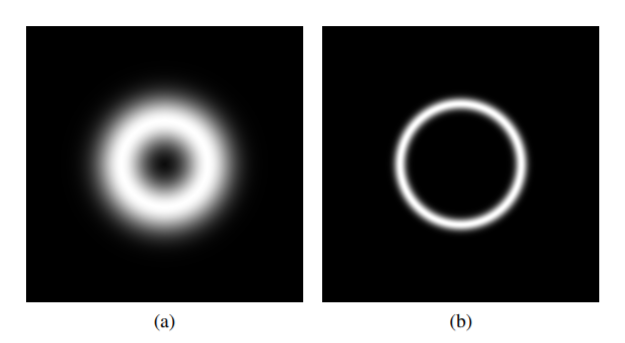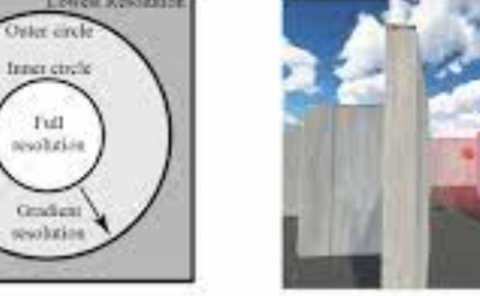FOVQA: Blind Foveated Video Quality Assessment
PubDate: Jun 2021
Teams: The University of Texas at Austin;Facebook Reality Labs
Writers: Yize Jin, Anjul Patney, Richard Webb, Alan Bovik
PDF: FOVQA: Blind Foveated Video Quality Assessment

Abstract
Previous blind or No Reference (NR) video quality assessment (VQA) models largely rely on features drawn from natural scene statistics (NSS), but under the assumption that the image statistics are stationary in the spatial domain. Several of these models are quite successful on standard pictures. However, in Virtual Reality (VR) applications, foveated video compression is regaining attention, and the concept of space-variant quality assessment is of interest, given the availability of increasingly high spatial and temporal resolution contents and practical ways of measuring gaze direction. Distortions from foveated video compression increase with increased eccentricity, implying that the natural scene statistics are space-variant. Towards advancing the development of foveated compression / streaming algorithms, we have devised a no-reference (NR) foveated video quality assessment model, called FOVQA, which is based on new models of space-variant natural scene statistics (NSS) and natural video statistics (NVS). Specifically, we deploy a space-variant generalized Gaussian distribution (SV-GGD) model and a space-variant asynchronous generalized Gaussian distribution (SV-AGGD) model of mean subtracted contrast normalized (MSCN) coefficients and products of neighboring MSCN coefficients, respectively. We devise a foveated video quality predictor that extracts radial basis features, and other features that capture perceptually annoying rapid quality fall-offs. We find that FOVQA achieves state-of-the-art (SOTA) performance on the new 2D LIVE-FBT-FCVR database, as compared with other leading FIQA / VQA models. we have made our implementation of FOVQA available at: this http URL.

